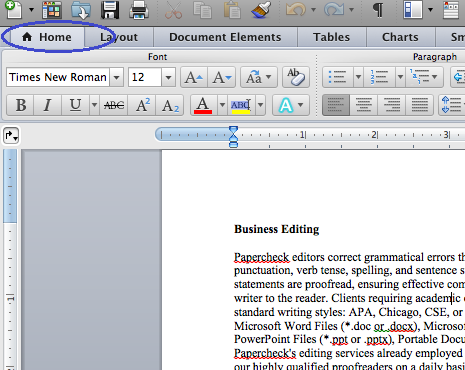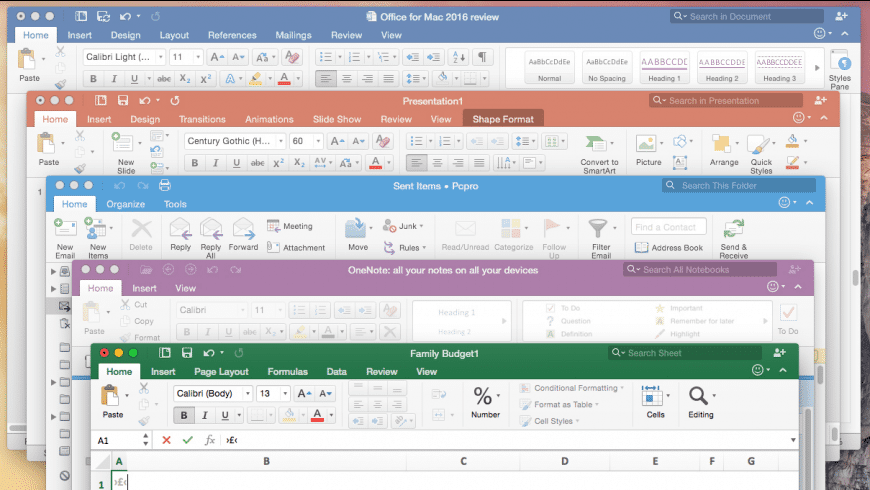Creating Forms In Microsoft Word For Mac 2011
- Creating Forms In Microsoft Word For Mac 2011 Help
- Creating Forms In Microsoft Word For Mac 2011 How To Delete Template
- Microsoft Word For Mac
The real power of Word styles comes from creating your own. In Office 2011 for Mac, Word has a fast and easy way to save a new style. Say you spent some time formatting text just the way you want it and you want to save that format as a style so you can use it again in your current document or another Word 2011 for Mac document.
Mar 19, 2020 The forms toolbar is gone and has been replaced by the Developer tab of the Ribbon, which is not turned on by default. To turn the Developer tab on, from the Word menu choose Preferences. Click the Ribbon button in Preferences to display the Ribbon preferences. Click the box next to Developer (scroll down about 12-way), and then click the OK button. On a Mac, Word did not include accessibility features at all until Office 2011, and did not support saving to tagged PDF until Office 2016. In Office 2011, you can create an accessible Word document, but in order to export to tagged PDF you must take that final step in Word for Windows or LibreOffice for Mac. Microsoft Office for Mac 2011 offers a solid update to the Word, Excel, PowerPoint, and the other members of the productivity suite. Though the latest package is still not on par with the Windows. Create forms that users complete or print in Word Step 1: Show the Developer tab. Step 2: Open a template or a document on which to base the form. Step 3: Add content to the form. Step 4: Set or change properties for content controls. Step 5: Add instructional text to the form. CREATING ACCESSIBLE MICROSOFT WORD 2011 DOCUMENTS (MAC) Headings Create a uniform heading structure through use of styles. This allows screen readers to navigate a document, and improves accessibility for everyone. Adding and Editing Headings. Headings can be created using the Styles toolbar. Select the text. Click on the. Jul 30, 2016 How to Create Fillable Forms with Microsoft Word Martin Hendrikx Updated July 30, 2016, 12:30am EDT Creating forms with Microsoft Word is easy, but the challenge comes in when you decide to create fillable forms with options that you can send to.
Here’s what you do:
Select the formatted text.
In the Styles Palette of the Toolbox, click the New Style button.
Below Properties, in the Name field, type a name for your style and then select the Add to Template check box.
If you leave this option deselected, your style is saved only with the current document.
Click OK.
Your new style appears in the Styles Palette of the Toolbox in the Pick Style to Apply section. If it doesn’t, you probably need to choose In Current Document or All Styles in the List filter at the bottom of the Styles toolbox, or scroll up or down in the list of styles.

Creating Forms In Microsoft Word For Mac 2011 Help
The Style dialog allows you to create new styles, modify existing styles, delete styles, and organize styles. To create new styles from scratch or from existing styles, follow these steps:
Choose Format→Style from the menu bar.
Click the New button.
You might be trying to sign in by using a portal such as. NoteDon't use this article if you use a to sign in.You can't sign in to Microsoft Office 365, Microsoft Azure, or Microsoft Intune. Can't sign in to microsoft office mac.
When you open the New Style dialog, you can create styles from one of four style types in the Style Type pop-up menu:
Paragraph: Affects entire paragraphs.
Character: Affects any character attribute, such as font, size, and italics.
Table: Creates new styles for tables.
List: Creates styles for bulleted or numbered lists.

Notice as you change style types in the New Style dialog’s Style Type pop-up menu, the other options in the New Style dialog change as well. Click the Format pop-up menu in the lower-left corner of the New Style dialog to find specialized formatting tools. Here’s a list of formatting customizations that you can save with a style:
Creating Forms In Microsoft Word For Mac 2011 How To Delete Template
Font Formatting: Displays the Font dialog.
Paragraph Formatting: Displays the Paragraph dialog.
Tabs: Displays the Tabs dialog.
Border: Displays the Borders and Shadings dialog.
Language: Microsoft word for mac free download. Displays the Language dialog.
Frame: Displays the Frame dialog.
Numbering: Displays the Bullets and Numbering dialog.
Shortcut Key: Displays the Customize Keyboard dialog.
Text Effects: Displays the Text Effects dialog.
Microsoft Word For Mac
Selecting Add to Template saves your style in Word’s Normal.dotm template (the default template used when Word opens). If you save a style in Normal.dotm, your new style will be available to all documents from then on. Selecting Add to Quick Style List adds your style to the Styles gallery on the Home tab of the Ribbon. If you select Automatically Update, Word automatically refreshes the style to include any formatting changes you make to objects that were formatting with this style.